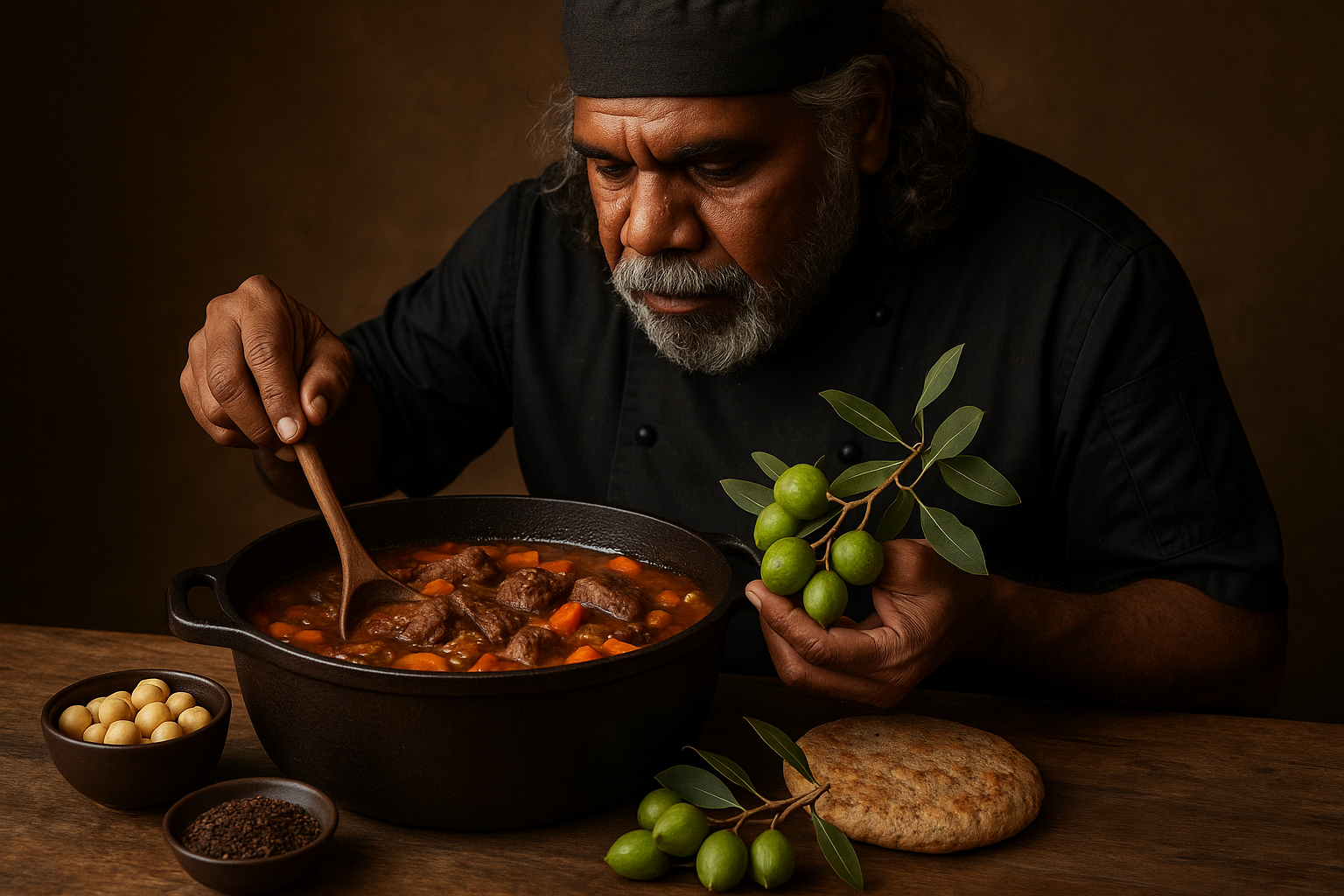Global pantry staples for faster dinner ideas
A well-stocked pantry can cut dinner prep time dramatically without sacrificing flavor or variety. By choosing versatile staples from different cuisines—grains, preserved proteins, concentrated sauces, dried herbs and spices—you create a flexible base for quick recipes that respond to seasonality, leftover management, and simple techniques like batching and fermentation.

How do recipes change with pantry staples?
A pantry that balances staples and specialty items reshapes everyday recipes. Staples like rice, pasta, canned tomatoes, beans, and long-grain grains act as neutral bases that accept a wide range of textures and flavors. When recipes start from these foundations, dinner ideas shift from long ingredient hunts to quick assembly: toast spices, fold in pre-cooked proteins, finish with a lively herb or acid. This approach prioritizes adaptable building blocks, allowing the same pantry to produce soups, bowls, pastas, and stir-fries depending on what’s on hand.
Recipes gain speed when you emphasize layered flavor instead of complex technique. Using preserved aromatics (garlic confit, chili oil), concentrated sauces (soy, fish sauce, tomato paste), and a few bold spices lets you create depth in minutes. Simple methods—searing, simmering briefly, tossing with hot starch—turn pantry items into satisfying dinners. Thinking in textures (crisp, creamy, chewy) helps convert leftovers into cohesive plates by adding a contrasting element from the pantry.
What pantry staples are versatile worldwide?
Global staples cover grains, legumes, oils, vinegars, aromatic bases, and shelf-stable proteins. Examples include rice, bulgur, dried pasta, lentils, canned chickpeas, tomatoes, olive oil, neutral oil, miso, soy sauce, tahini, and canned fish. Dried herbs and a small spice kit—cumin, coriander, smoked paprika, black pepper, cinnamon—enable cross-cultural dishes without a long ingredient list. These items respect seasonality because they store well and pair with fresh produce when in season, letting you rotate bright, local elements into fast dinners.
Stocking a few regional condiments—harissa, gochujang, sambal, or a jarred curry paste—expands options quickly. A little goes far: a tablespoon of concentrated paste or a dash of hot sauce can change the cuisine of a dish, turning a simple grain bowl into something entirely new. Pair those with canned beans or quick-cooking proteins for fast, flavorful meals.
How does preservation extend ingredients’ life?
Preservation techniques—drying, canning, pickling, salting, and fermenting—keep seasonal or perishable flavors available year-round and speed dinner assembly. Pickled vegetables add brightness; canned tomatoes bring acidity and body; dried mushrooms or sun-dried tomatoes provide umami. Preserving produces in batches when they’re abundant (batching) creates a steady supply of building blocks and reduces waste. Learning basic jarred or fermented projects at home—quick pickles, preserved lemons, yogurt—yields high-impact additions to weeknight plates.
Preservation is also practical for textures. For instance, oil-packed roasted peppers become a silky topping; salted anchovies melt into sauces for savory depth. These methods transform fleeting seasonal flavors into reliable pantry enhancers, helping you assemble dinners in minutes rather than hours.
How to use pairing to build faster dinners?
Pairing is about contrast and balance: starch with acid, protein with herbs, fat with bright elements. Start with a base (grain or pasta), add a protein (canned fish, cooked lentils, tofu), incorporate a preserved or fermented note (miso, preserved lemon), and finish with fresh herbs and spice. Learning a few go-to pairings—tomato + basil + olive oil, soy + sesame + green onion, lemon + garlic + parsley—lets you improvise quickly while maintaining coherent flavors.
Think beyond taste to texture pairing: creamy tahini with crunchy toasted seeds, silky beans with crisp sautéed greens. Using these rules, leftovers become intentional components: roast vegetables become crunchy pan-roasted toppings; mashed legumes turn into quick patties or dips.
How does mealprep with staples save time?
Mealprep doesn’t mean rigid plans; it means preparing resilient components that recombine into varied dinners. Batch-cook grains, roast a pan of seasonal vegetables, pressure-cook beans, and portion a sauce base. These elements store well and assemble into different textures and dishes across the week—bowls, salads, warmed soups, or hearty sandwiches—reducing the daily decision load.
Batching sauces and condiments—tomato sauce, vinaigrette, flavored oils, and herb pastes—lets you finish meals in minutes. Label containers with dates and intended uses to minimize waste and make mealtime predictable. Smart mealprep focuses on components rather than whole meals so you can adapt to whatever fresh produce or proteins are available.
Can fermentation and sauces enhance flavor?
Fermented items and concentrated sauces are flavor multipliers. Ferments like kimchi, sauerkraut, and yogurt add tang and complexity; miso and fish sauce contribute savory umami with tiny amounts. Sauces—chimichurri, pesto, tahini dressings, or pan sauces made from browned bits and stock—provide finishing notes that tie components together and elevate simple pantry foundations.
Using these elements judiciously creates depth without extra cooking time: a spoonful of miso melted into a soup, a drizzle of chili oil over noodles, or a fresh herb sauce brightening a roasted vegetable bowl. Learning a handful of sauce formulas gives you quick flavor solutions for varied textures and seasonal produce.
Conclusion A globally informed pantry built around stable staples, preserved items, bold condiments, and simple batching techniques streamlines dinner preparation while keeping meals diverse and textured. Focusing on pairing, preservation, and small flavor-forward components turns modest ingredients into fast, satisfying dinners adaptable to seasons and leftovers.





